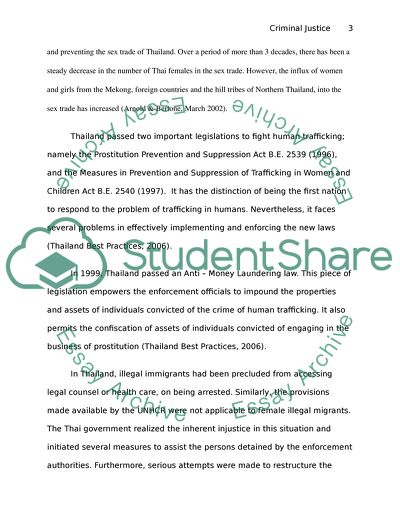Cite this document
(Human Trafficking Problem in Thailand Research Paper, n.d.)
Human Trafficking Problem in Thailand Research Paper. Retrieved from https://studentshare.org/social-science/1726805-criminal-justice
Human Trafficking Problem in Thailand Research Paper. Retrieved from https://studentshare.org/social-science/1726805-criminal-justice
(Human Trafficking Problem in Thailand Research Paper)
Human Trafficking Problem in Thailand Research Paper. https://studentshare.org/social-science/1726805-criminal-justice.
Human Trafficking Problem in Thailand Research Paper. https://studentshare.org/social-science/1726805-criminal-justice.
“Human Trafficking Problem in Thailand Research Paper”, n.d. https://studentshare.org/social-science/1726805-criminal-justice.


